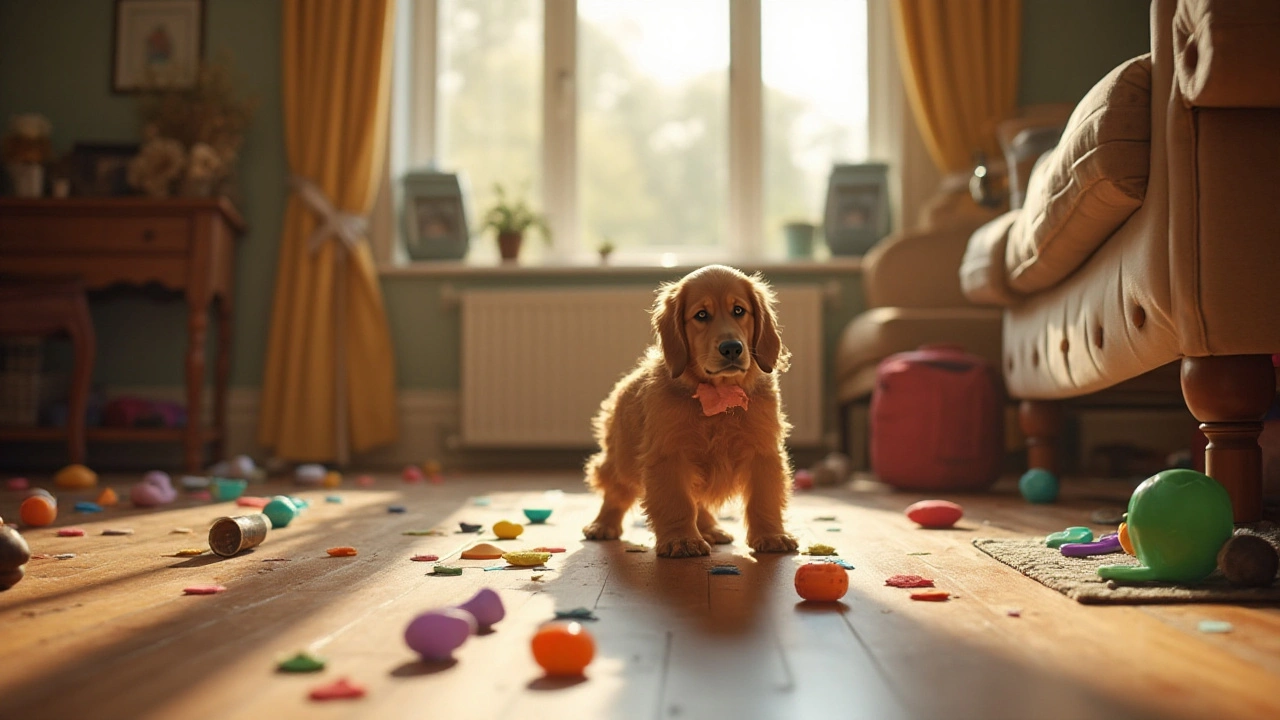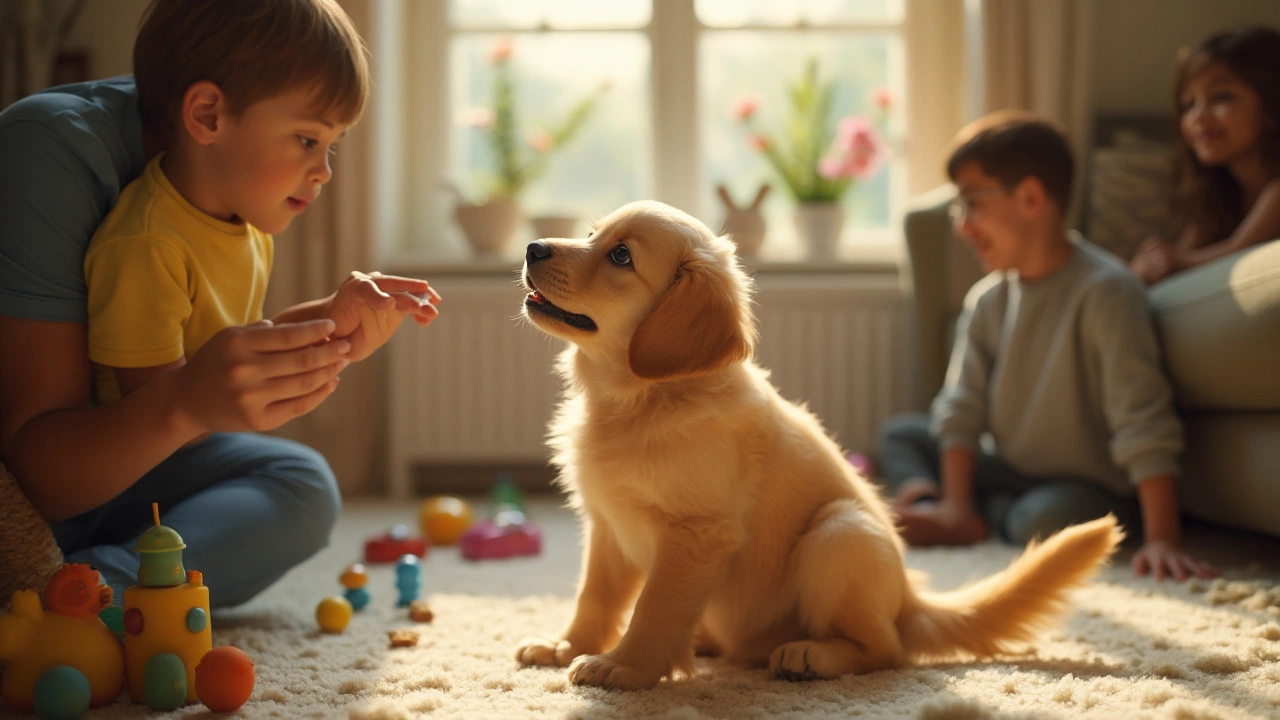Potty Training for Puppies: Real timelines, schedules and fixes
Got a new pup and tired of stepping in accidents? Potty training doesn’t have to be a nightmare. The key is consistency, a clear routine, and a bit of patience. Below you’ll find the basics, a realistic timeline, and simple fixes you can start using today.
How long does it really take?
Most puppies get the idea of going outside between 8 and 12 weeks old, but full control usually shows up around 4 to 6 months. The speed depends on breed, size, and how often you take them out. Expect a few setbacks – a wet carpet at 3 months isn’t a failure, it’s just part of learning.
Simple daily schedule to follow
Start each day with a bathroom break right after waking up. Then, feed your puppy at regular times – most owners use breakfast at 7 am and dinner at 6 pm. Take them out 10‑15 minutes after each meal, after playtime, and before bedtime. In between, watch for signals: sniffing, circling, or whining mean they need to go.
Crate training works because dogs naturally avoid soiling their sleeping area. Choose a crate just big enough for the pup to stand, turn, and lie down. When you’re home, let them out on cue, then return them to the crate after they’ve finished. Over time they’ll learn that the crate = sleep, outside = potty.
If an accident happens, clean it up with an enzymatic cleaner. Avoid scolding – puppies don’t connect punishment with the mess they made earlier. Instead, praise them loudly when they go in the right spot. Positive reinforcement sticks faster than fear.
Rainy days can throw a wrench in the schedule. Keep a covered outdoor area or use indoor pee pads as a backup. Move the pad to the same spot each time, then gradually shift it closer to the door as the weather improves.
Some pups develop “sub‑conscious” habits, like only going on certain surfaces. If that’s the case, change the surface gradually – a piece of grass, then a concrete pad. Consistency is more important than the exact location.
When traveling, keep the same feeding times and use the same cue word (“outside”, “go potty”). Carry a portable potty pad for emergencies, but try to find a local grass spot as soon as you can. The more you stick to the routine, the quicker the puppy will adapt.
Finally, track progress with a simple log. Write down the time of each successful go‑outside and each accident. Patterns emerge, and you can adjust feeding or break times accordingly.
Potty training is a marathon, not a sprint. With a clear schedule, proper crate use, and lots of positive praise, most puppies are fully house‑trained by the time they’re half a year old. Keep the routine steady, stay patient, and enjoy watching your furry friend grow into a well‑behaved family member.
Posted By Bryndle Redding On 12 Jan 2025 Comments (0)
Challenges and Tips for Potty Training Stubborn Puppies
Potty training a puppy can be a daunting task, and while some breeds are easier to teach, others pose a significant challenge. Factors such as breed characteristics, individual temperament, and environment play key roles in the process. This article explores the reasons why certain breeds are harder to potty train, offers helpful tips on overcoming these challenges, and suggests useful toys to aid in the training journey.
READ MOREPosted By Bryndle Redding On 1 Jan 2025 Comments (0)
Efficient Tips for Fast Dog Housebreaking
Housebreaking a puppy is a crucial step in pet ownership, demanding patience, consistency, and a pinch of creativity. This article explores the typical timeframe for housebreaking a dog, with insights on factors that can influence the process. It provides effective strategies from identifying signs to staying motivated through challenges. Learn how environment, routine, and encouragement play key roles in successfully training your dog to become a well-behaved family member.
READ MORE
